Montbretia Aurora Pack of 10 bulbs
₹149.00
Out of stock
Email when stock available
Montbretia Aurora, to give it its correct name, is one of the old cottage flowers which of recent years has been improved out of all recognition. Even the older writers made no mention of them, there is no reference to them in Robert Thompson’s comprehensive Gardener’s Assistant, published about a hundred years ago, and most of the writers of that period make no mention of the plant. For long it remained like the lupin, until George Russell took an interest in it, a flower which made little impression on the plant lover. The blooms were carried on short stems, no more than two or three bells on each stem, whilst the colour was a rather insipid pale orange-yellow.
They were of little value as cut bloom either for sale or in the home, whilst in the garden they commanded little attention. Then considerable work was done in hybridizing, with the results we now see in the lovely modern hybrid varieties having long stems, a long-flowering season and possessing a wide range of the most attractive shades of lemon yellow, bronze, scarlet, crushed strawberry and gold. To-day, the montbretia appears to be on the threshold of becoming a profitable cut flower for the more recent varieties bear a large flower and are freely produced, and though natives of South Africa they have been known to withstand 20° of frost, completely unprotected, and so may be termed completely hardy
SOIL AND SITUATION
Though so often seen in a shrubbery or under trees where sunlight is limited and even there they put up a brave show, and unfortunately because of their ability to overcome adverse situations, they are most often confined to dark corners and to a soil which is quite impoverished. They love an open, sunny position and a soil containing plenty of humus. There the new large-flowering hybrids will give a glorious display throughout the late summer and early autumn months, the blooms possessing all the autumn tints it is impossible to imagine. They should be planted in front of a border of Michaelmas daisies, using the rich mulberry-coloured Winston Churchill and the double violet-purple blooms of Moderator, with the lemon and golden yellow montbretia hybrids.
If possible select the montbretia to flower over a long period, some being early, others like the pure orange Aurora, being particularly late. The montbretia loves a light, sandy soil with which is incorporated some moisture-holding humus. Very well-rotted manure or some spent hops or peat will be suitable. The soil must be deeply worked for the corms have a deep-rooting system and will also suffer losses if moisture is allowed to collect around them during winter. If the soil is very heavy, some sand or grit should be worked in. The bulbs should be planted 3 in. deep and 6 in. apart in clumps of four to obtain the most charming effect. The best planting-time seems to be Sept-Oct, though in favourable areas, any time between October and March will be suitable. They will appreciate a peat or compost mulch during early winter which will afford some protection and later help the soil to retain its moisture during summer. When growing for cut flower, the beds should be 5 ft. wide to facilitate picking and the corms are planted in rows 6 in. apart each way.
Be the first to review “Montbretia Aurora Pack of 10 bulbs” Cancel reply
You must be logged in to post a review.



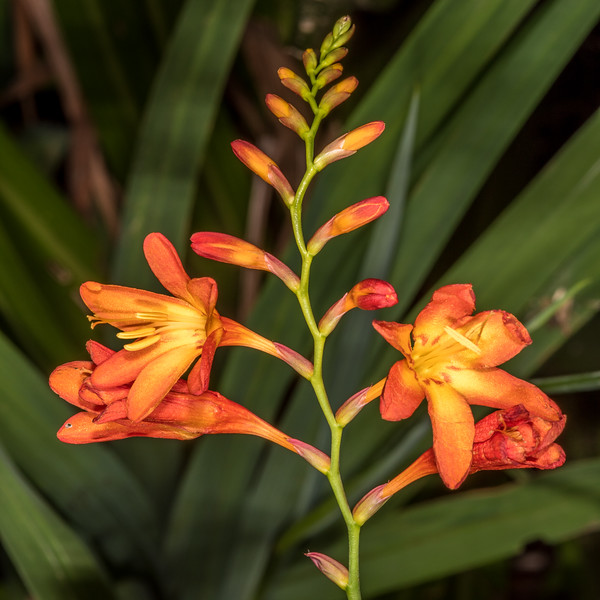

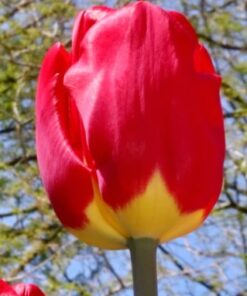

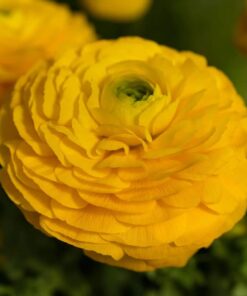
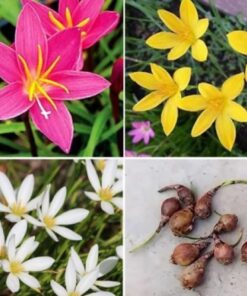
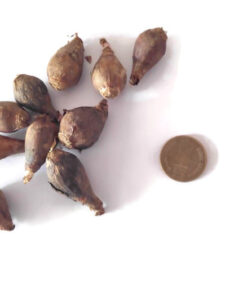
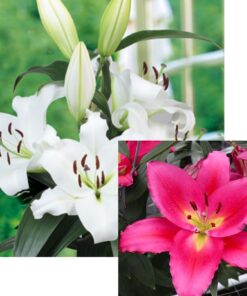

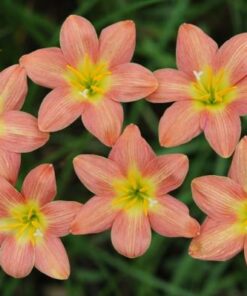
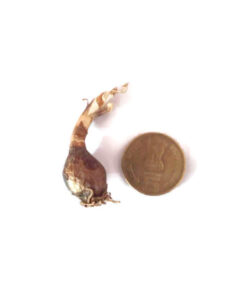
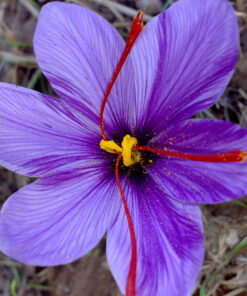
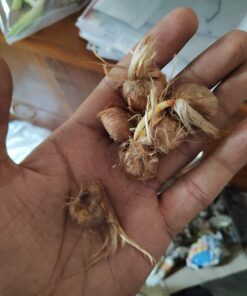
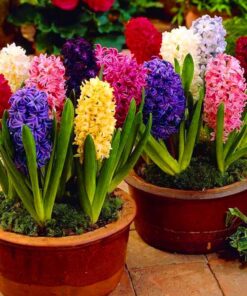
Reviews
There are no reviews yet.